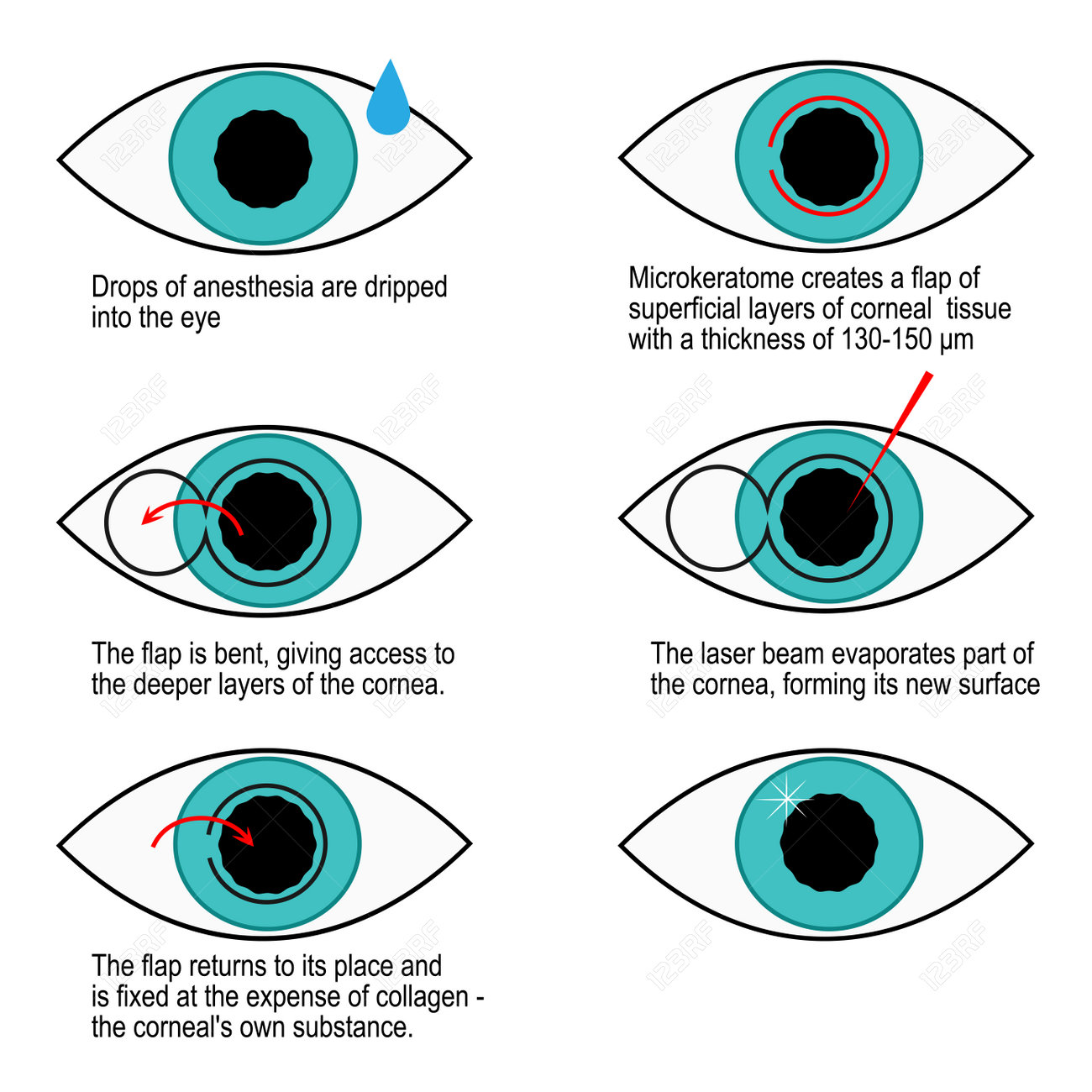Reviewing Cataract Surgical Procedure? Investigate The Distinctions Between Traditional And Laser Procedures To Highlight The Crucial Elements That Will Certainly Shape Your Vision
Reviewing Cataract Surgical Procedure? Investigate The Distinctions Between Traditional And Laser Procedures To Highlight The Crucial Elements That Will Certainly Shape Your Vision
Blog Article
Article Developed By-Bay Eriksen
When pondering the option in between typical cataract surgical treatment and laser-assisted methods, you may find yourself considering the benefits and downsides each approach uses. The decision surpasses the surface degree of price and precision, diving right into the world of long-term results and individual contentment. As you navigate through the complexities of these two techniques, it becomes vital to recognize the nuanced details that can considerably impact your visual quality and overall experience. Stay tuned to uncover the essential factors that will certainly lead your decision-making process in this vital aspect of eye care.
Traditional Cataract Surgical Treatment Advantages And Disadvantages
When considering standard cataract surgery, you might discover that it's a well-established and widely-used strategy. In this procedure, a doctor makes a tiny cut in the eye and utilizes ultrasound to separate the cloudy lens prior to removing it. As soon as the cataract is removed, a man-made lens is put to bring back clear vision.
One of the primary benefits of typical cataract surgery is its performance history of success. Several people have actually had their vision dramatically improved via this treatment. Additionally, standard surgical procedure is typically covered by insurance coverage, making it an extra available choice for numerous people.
Nonetheless, there are some drawbacks to standard cataract surgical treatment as well. How Much Does LASIK can be much longer contrasted to more recent techniques, and there's a slightly higher risk of issues such as infection or swelling. cataract surgery performed using topical anesthesia might likewise experience astigmatism or need analysis glasses post-surgery.
Laser-Assisted Techniques Benefits And Drawbacks
Checking out laser-assisted methods for cataract surgical treatment unveils a modern-day approach that uses laser innovation to perform crucial steps in the procedure. One of the primary advantages of laser-assisted cataract surgical procedure is its accuracy. cataract surgery under topical anaesthesia allows for incredibly accurate cuts, which can bring about far better aesthetic end results. In addition, using lasers can lower the amount of ultrasound power needed throughout the surgery, potentially reducing the risk of issues such as corneal damage.
On the disadvantage, laser-assisted strategies can be much more costly compared to typical methods. This cost mightn't be covered by insurance coverage, making it less easily accessible to some clients.
Another factor to consider is that not all cataract doctors are trained in laser innovation, which might restrict your choices for picking a doctor.
Last but not least, while the laser can automate certain aspects of the treatment, the surgical procedure still requires a skilled cosmetic surgeon to ensure successful results.
Relative Analysis of Both Methods
For a thorough understanding of cataract surgical treatment methods, it's necessary to perform a relative evaluation of both traditional and laser-assisted methods.
Conventional cataract surgery includes hand-operated lacerations and the use of handheld tools to separate and eliminate the gloomy lens.
On the other hand, laser-assisted cataract surgical procedure makes use of advanced modern technology to produce precise cuts and break up the cataract with laser power before removing it.
In regards to accuracy, laser-assisted methods use a greater level of accuracy compared to standard methods. Using lasers allows for personalization of the treatment based on each patient's eye composition, potentially causing much better visual end results.
However, laser-assisted cataract surgical treatment tends to be more costly than standard surgical treatment, which may limit ease of access for some people.
While both techniques are effective in bring back vision impaired by cataracts, the selection in between typical and laser-assisted techniques commonly depends upon variables such as cost, precision, and specific patient demands.
Consulting with your ophthalmologist can help establish one of the most ideal approach for your cataract surgery.
Final thought
Finally, when determining between conventional cataract surgical treatment and laser-assisted strategies, consider factors like cost, accuracy, and specific requirements. Standard surgical treatment uses a tested track record and insurance policy protection yet might come with longer healing times. Laser-assisted techniques give greater precision and customization but can be more costly and not always covered by insurance policy. Ultimately, the choice in between both techniques relies on what is most important to you and your particular situation.
